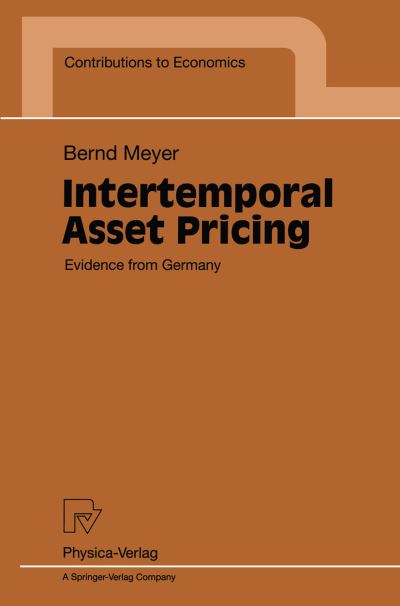
In the mid-eighties Mehra and Prescott showed that the risk premium earned by American stocks cannot reasonably be explained by conventional capital market models. Using time additive utility, the observed risk pre- mium can only be explained by unrealistically high risk aversion parameters. This phenomenon is well known as the equity premium puzzle. Shortly aft- erwards it was also observed that the risk-free rate is too low relative to the observed risk premium. This essay is the first one to analyze these puzzles in the German capital market. It starts with a thorough discussion of the available theoretical mod- els and then goes on to perform various empirical studies on the German capital market. After discussing natural properties of the pricing kernel by which future cash flows are translated into securities prices, various multi- period equilibrium models are investigated for their implied pricing kernels. The starting point is a representative investor who optimizes his invest- ment and consumption policy over time. One important implication of time additive utility is the identity of relative risk aversion and the inverse in- tertemporal elasticity of substitution. Since this identity is at odds with reality, the essay goes on to discuss recursive preferences which violate the expected utility principle but allow to separate relative risk aversion and intertemporal elasticity of substitution.
| ISBN: | 9783790811599 |
| Publication date: | 10th November 1998 |
| Author: | Bernd Meyer |
| Publisher: | Physica an imprint of Physica-Verlag HD |
| Format: | Paperback |
| Pagination: | 287 pages |
| Series: | Contributions to Economics |
| Genres: |
Finance and the finance industry Applied mathematics Econometrics and economic statistics Economics, Finance, Business and Management |